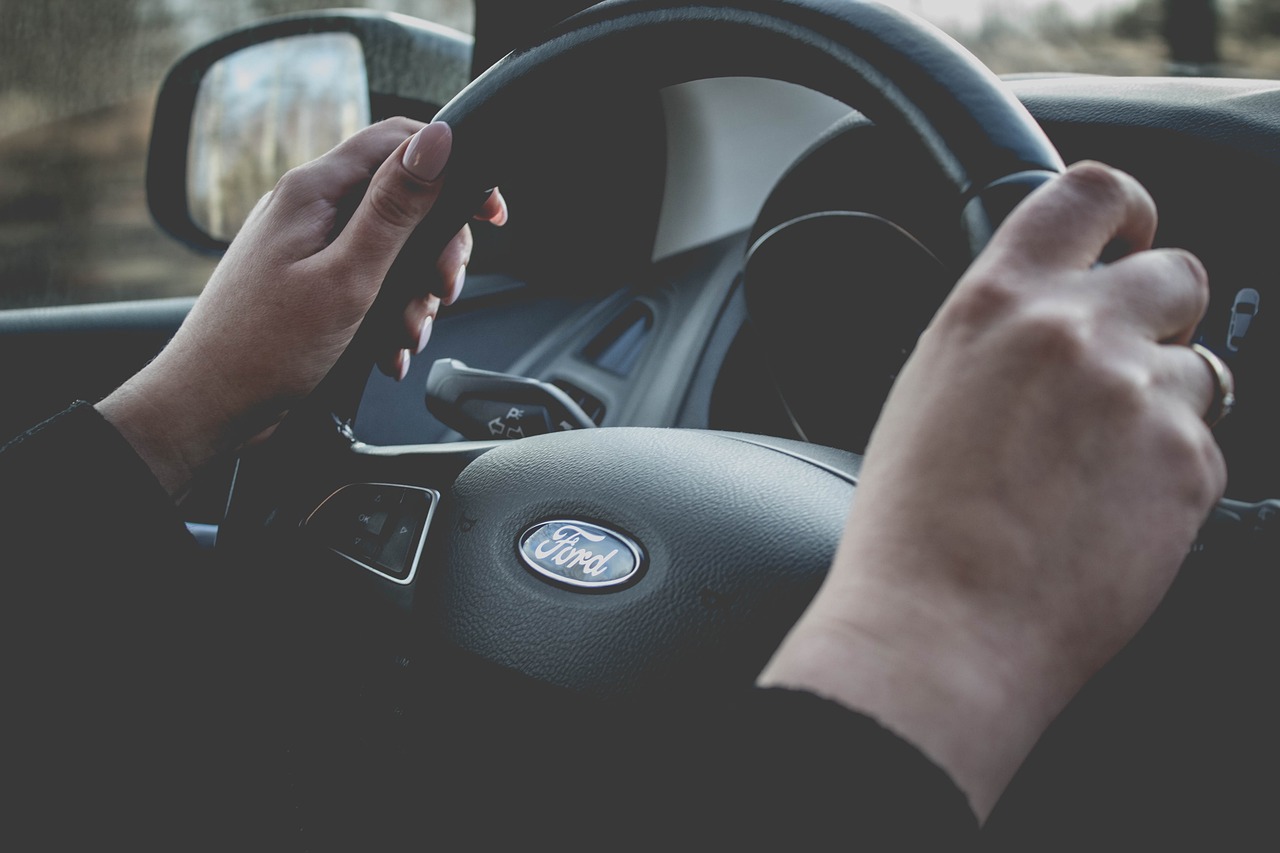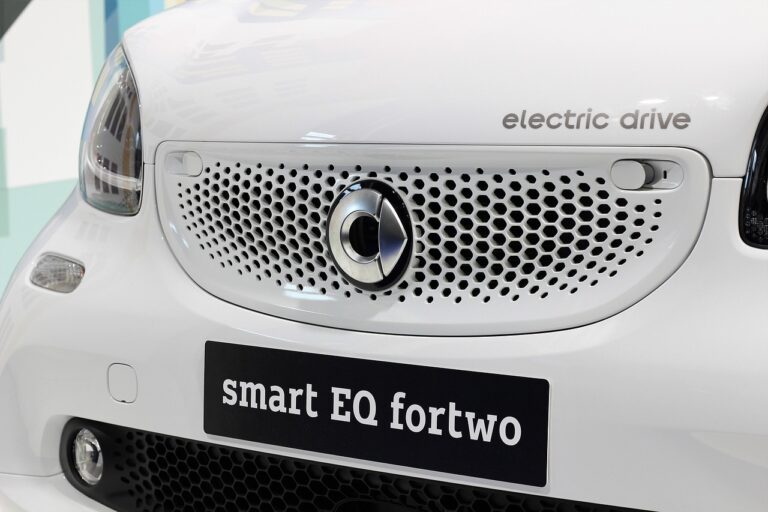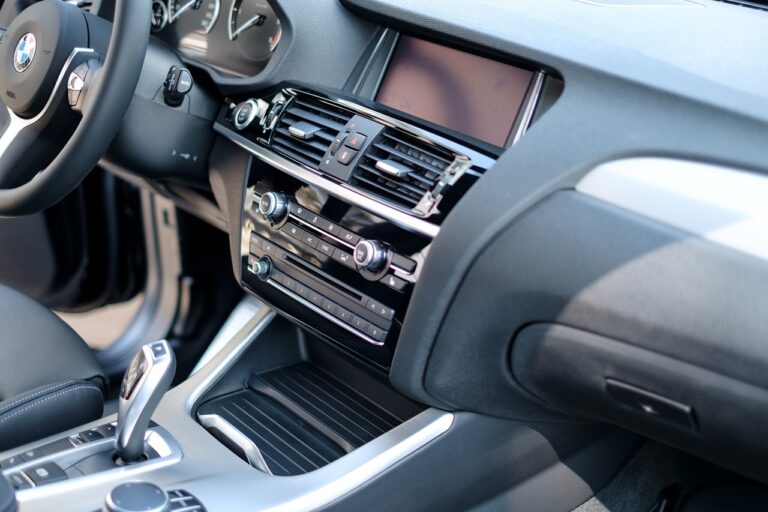Investigating the Role of Blockchain in Secure Vehicle Ownership Verification
Blockchain technology is a decentralized system that enables secure and transparent transactions between parties without the need for intermediaries. It operates on a network of computers that store transaction data in “blocks,” which are linked and secured using cryptography. Once a block is added to the chain, it cannot be altered, ensuring the integrity and immutability of the information.
One of the key features of blockchain technology is its ability to provide a tamper-proof and auditable record of transactions. This makes it particularly valuable in industries where trust and transparency are crucial, such as finance, healthcare, and supply chain management. By eliminating the need for a central authority to validate transactions, blockchain technology reduces costs, speeds up transactions, and increases security.
Understanding Vehicle Ownership Verification
Vehicle ownership verification is a crucial process that ensures the rightful owner of a vehicle is identified and documented. This verification typically involves examining various documents such as the title, registration papers, and proof of purchase to confirm the legitimacy of ownership.
By accurately verifying vehicle ownership, potential risks such as fraud, theft, and illegal sales can be mitigated. This process not only protects the current owner but also helps in maintaining a transparent and reliable vehicle ownership system. It plays a significant role in establishing accountability and trust among all parties involved in vehicle transactions.
• Ensures rightful owner of the vehicle is identified and documented
• Involves examining documents such as title, registration papers, and proof of purchase
• Helps in confirming legitimacy of ownership
• Mitigates potential risks like fraud, theft, and illegal sales
• Protects current owner and maintains transparent ownership system
• Establishes accountability and trust among all parties involved
Challenges in Traditional Ownership Verification Methods
Traditional ownership verification methods have long been plagued by inefficiencies and vulnerabilities. Paper-based records are easily tampered with or lost, leading to disputes and fraudulent transactions. Furthermore, the reliance on centralized databases creates a single point of failure, making it susceptible to hacking and data breaches.
Another challenge with traditional ownership verification methods is the lack of transparency and trust. Without a secure and accessible way to verify ownership history, individuals and businesses face difficulties in establishing the authenticity of assets. This results in delays, increased costs, and potential legal disputes.
What is blockchain technology?
Blockchain technology is a decentralized, distributed ledger system that securely records transactions across multiple computers.
How does blockchain technology help in ownership verification?
Blockchain technology can provide a secure, tamper-proof record of ownership that is easily accessible and verifiable by all parties involved.
What are some challenges in traditional ownership verification methods?
Some challenges in traditional ownership verification methods include the risk of fraud, lack of transparency, and inefficiencies in record-keeping.
How can blockchain technology overcome these challenges?
Blockchain technology can overcome these challenges by providing a transparent and secure way to verify ownership, eliminating the need for intermediaries and reducing the risk of fraud.
Are there any limitations to using blockchain technology for ownership verification?
While blockchain technology offers many benefits, there are still challenges such as scalability issues and regulatory concerns that need to be addressed before widespread adoption can occur.





